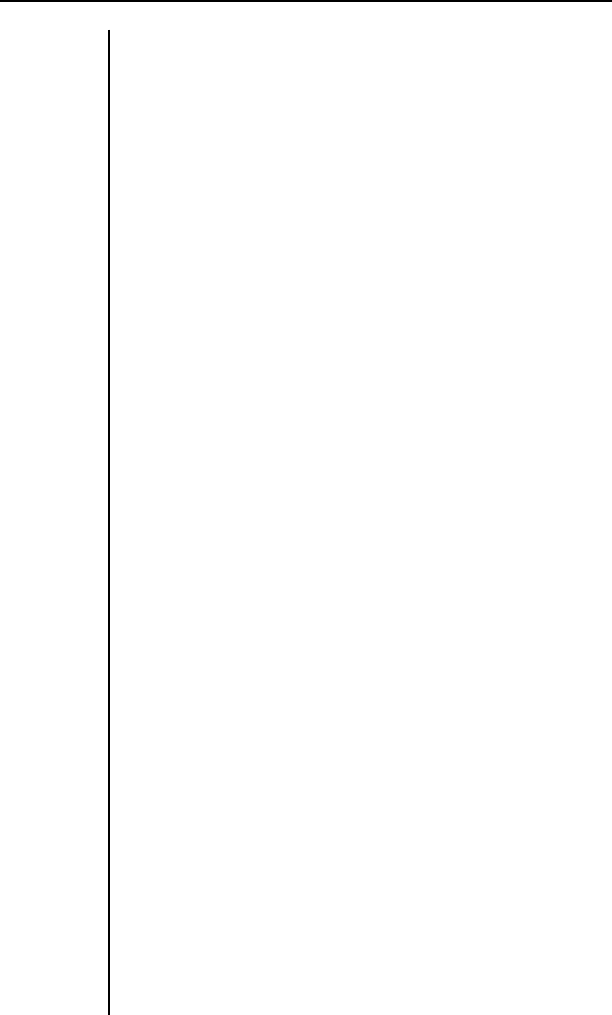
DYNAMIC POWER MEASUREMENTS
About the Dynamic Power Measurements
The
Audio Graph PowerCube
is a test instrument used to
measure the output of an amplifier in accordance with
IHF-202 industry standards. The IHF-202 standard is a
Dynamic power measurement and was developed as a
means of measuring power in a manner that best repre-
sents the Real World operation of an amplifier. Many
manufacturers, including Rockford Fosgate, at times will
measure amplifier power into a fixed resistor (4 ohm, 2
ohm). While this method is useful in some types of
evaluation and testing, it is not representative of an
amplifier that is connected up to a speaker and playing
music.
Music
Music is dynamic; the sound waves are complex and
constantly changing. In order to simulate this, the IHF-202
standard calls for the input signal to the amplifier to be a
1kHz bursted tone. This signal is input (on) for a short
period of time and then off for a “rested” period. The signal
is gradually increased in level until the amplifier's output
exceeds 1% Total Harmonic Distortion (THD). At 1%
distortion becomes audible, therefore, any power pro-
duced above that level is considered
unusable
. Many
manufacturers represent their amplifiers' output power in
excess of 10% distortion. They use many names for this
measurement, such as Total Maximum Power or Maxi-
mum Output Power. This is not indicative of the
actual
usable output power
.
Listening to Loudspeakers - Not Resistors
A loudspeaker is not a resistor. A resistor's value (resis-
tance measured in ohms) is fixed. A loudspeaker's im-
pedance is dynamic. It is constantly changing in value,
dependent upon the frequency of the input signal. There-
fore, measuring power with the amplifier loaded into a 4
ohm resistor is not the same as measuring power with the
amplifier connected to a 4 ohm speaker. Most people do
not listen to music through a resistor.
28
Appendix A


















